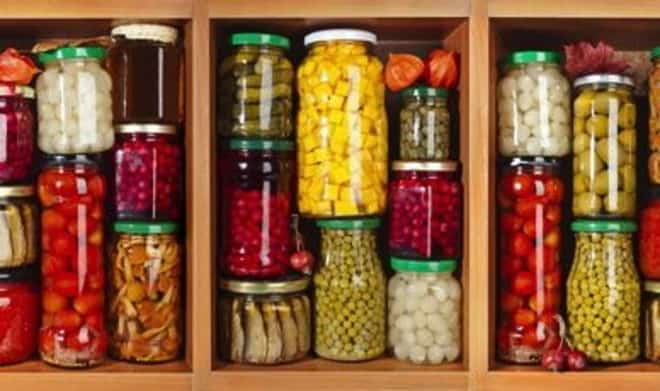In addition to addressing waste recycling and food loss prevention in the food industry, it is also important to raise public awareness. Consumer behavior has emerged as a root cause of food waste—direct disposal, food scraps, and food leftovers account for half the amount of national food waste. The preference for “perfect, pristine and pretty” products and the sharp eye of the consumer on best-before dates encourages retailers to pull products from the shelves prematurely for fear of consumer boycotts. For fear of food poisoning, one-fourth of all household food is discarded before it reaches its best-before date—and therefore, when is still perfectly edible.
While it is easy for consumers to access information, it is not always easy to understand this information or apply it to their own lifestyles. To improve waste reduction efforts, consumers, they need more education (e.g. proper knowledge about food labeling and storage) and there needs to better communication among consumers, retailers, and other stakeholders in order to ensure mutuality in the campaign to fight waste and food loss. A liaison committee was set up in July 2012 comprising all the authorities concerned with food loss reduction and consumer policies (i.e. the Cabinet Office, MAFF, CAA, the Ministry of the Environment, the Ministry of Health, Labour and Welfare, the Food Safety Commission of Japan, and the National Police Agency, and, from 2013, academics and the Ministry of Education, Culture, Sports, Science and Technology). By cooperating with existing educational programmes on food and nutrition, it will discuss strategies to improve consumer habits and to promote the best practices among local governments by sharing common knowledge. It will also support consumer organizations by strengthening their public relations through symposiums, events, pamphlets distributions, and mass media communications.
The Basic Law of Shokuiku (food education) was passed in 2005 as a response to the perceived lack of public knowledge about healthy dietary habits both in and outside the home. The law divides the responsibility for providing information about food between food-related businesses and local government through school programs and awareness campaigns which perpetuate the traditional food culture, provide information on food safety, and promote understanding of agriculture, forestries, fisheries, and the food industry. When the idea of shokuiku was introduced in the political arena in the early 2000s, the consequences of the radical shift away from the traditional diet were already becoming a part of the national consciousness. Japan was still able to sufficiently satisfy the demand for food that national diets required until the mid-1980s, but the gradual reduction in rice, fish, soy and local vegetable consumption effected the capitalization of national resources. It became clear that the change in dietary habits was the primary cause for Japan’s high and chronic reliance on food imports.
One way to counterbalance this trend was to encourage a return to the traditional diet and to provide incentives to buy local products by stressing the uniqueness and healthfulness of Japan’s own food culture. In order to support the declining domestic agriculture, campaigns like Food Action Nippon promote a “visible producer” (i.e. products which are traceable, reliable and of high quality) by organizing sales of regional agricultural products in order to expand distribution networks. Their objective is to fight the negative consequences of globalization (i.e. the loss of traditional food culture and the spread of nutritionally unbalanced diets) through a producer-consumer joint collaboration that responds to both food safety and dwindling domestic demand. The re-valorisation of national products, which includes waste prevention, has also been directly connected to the attempt to raise the rate of national food self-sufficiency.
Sign up for Food Tank’s FREE Weekly Newsletter. More than 110,000 Subscribers And Counting. Click HERE to join.















